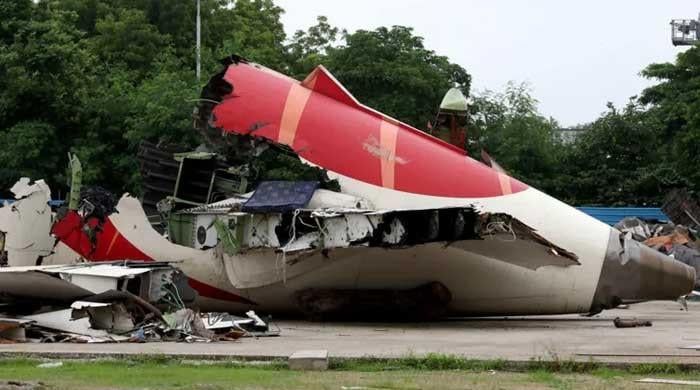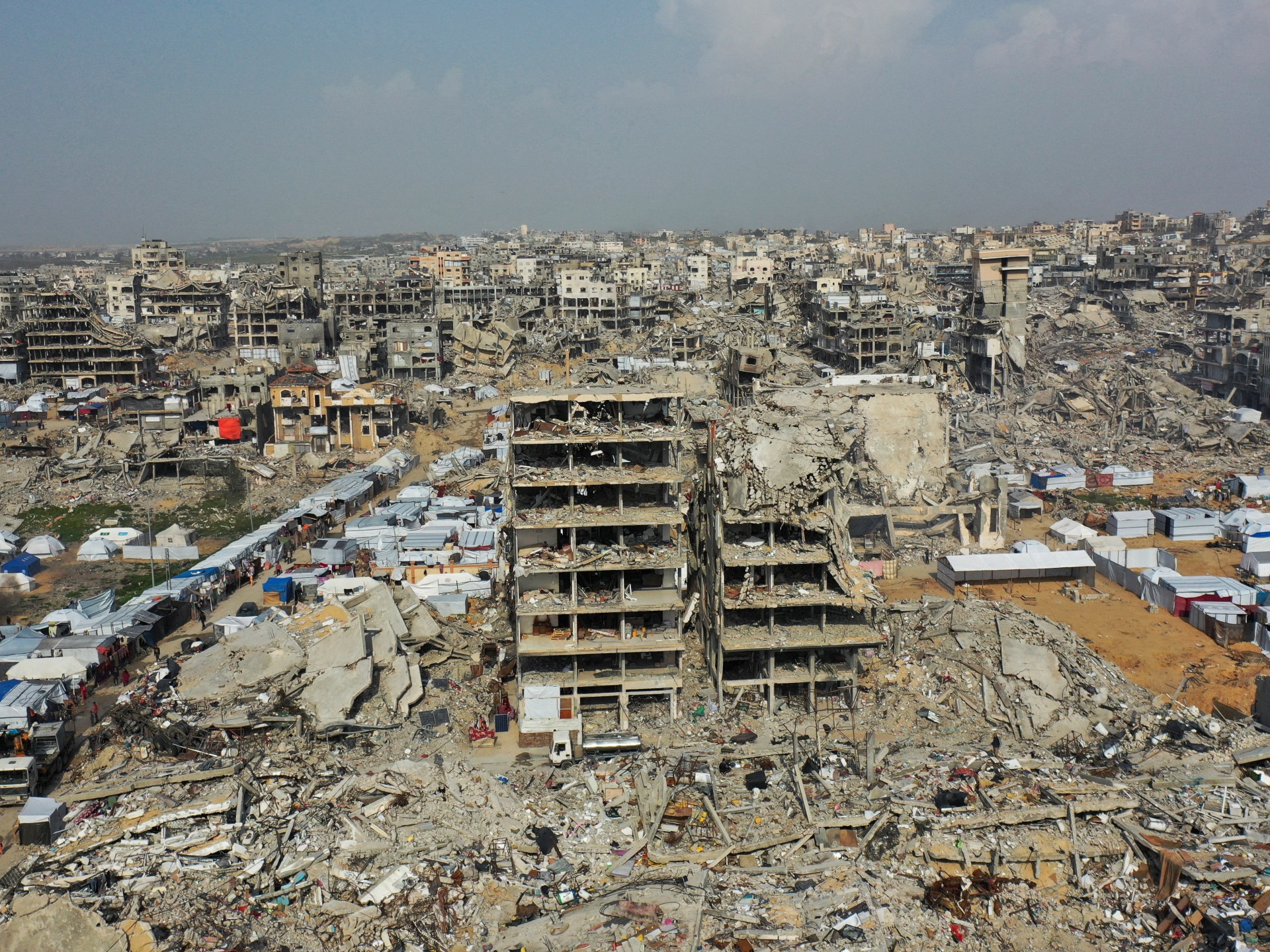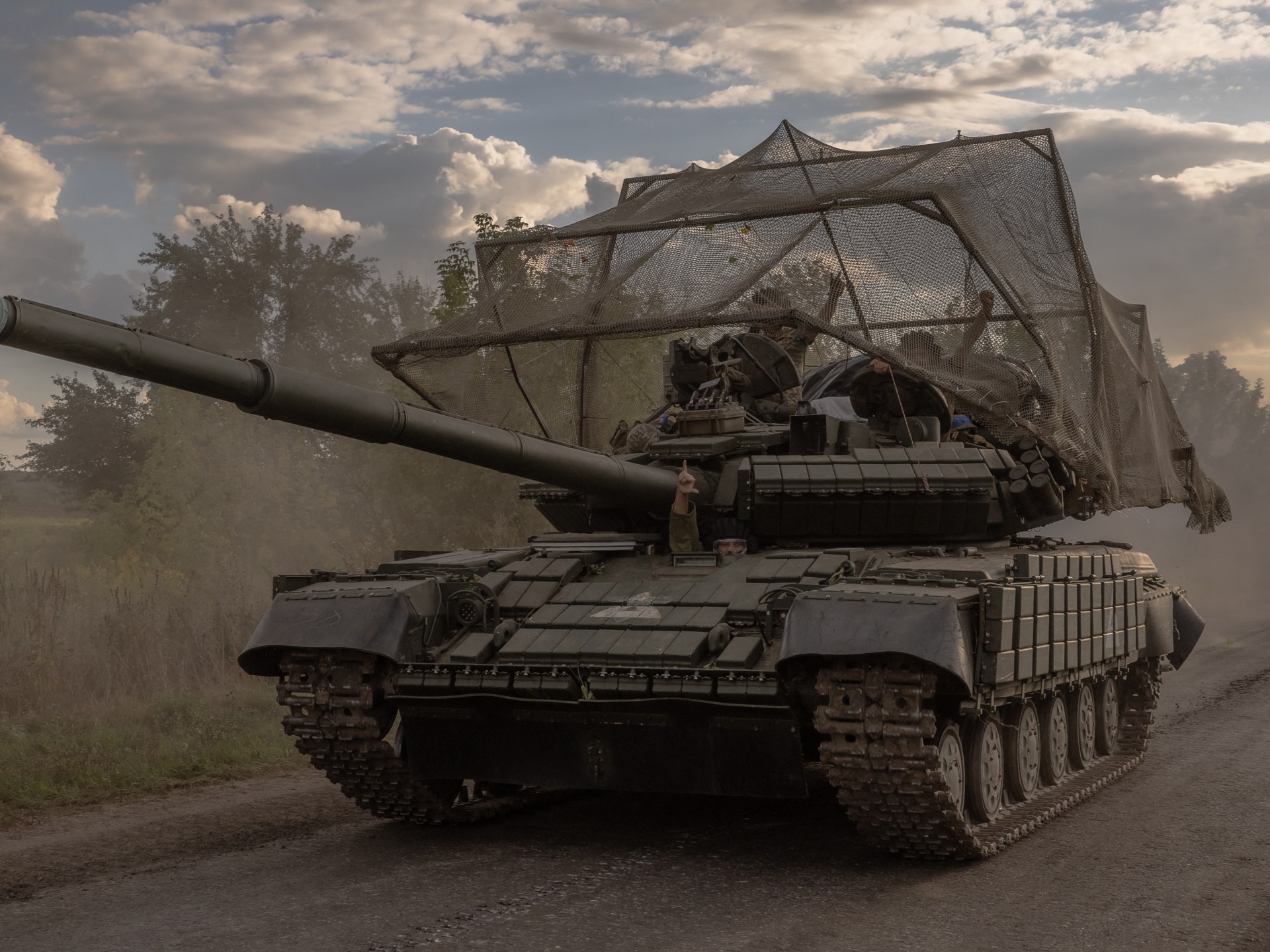Nueva Delhi: India has ordered its airlines to examine the fuel switches in several Boeing models after they were under scrutiny after the accident last month of an Air India plane that killed 260 people.
A preliminary report, issued on Saturday by the Aircraft Accident Research Office of India, discovered that the switches had turned from a race position shortly after takeoff.
The report offered no conclusion or guilt of the June 12 disaster, but indicated that one pilot asked the other why he cut fuel, and the second pilot replied that he had not done so.
The General Directorate of Civil Aviation of India (DGCA) issued the order on Monday to investigate the blocking function in the fuel control switches of several Boeing models, including 787 and 737.
The order occurred after Boeing notified the operators that the fuel switch in their jets was safe.
But I was in line with a special aircraft information newsletter (SAIB) issued by the Federal Aviation Administration of the United States, which recommended the inspection of the locks to ensure that they could not accidentally move.
Several Indian and international airlines have already begun their own fuel switch inspections.
“He has realized DGCA, that several operators, both internationally and national, have initiated an inspection in their fleet of airplanes according to the SAIB,” DGCCA said in a statement.
In view of the SAIB, all airline operators of the affected aircraft must complete the inspection before July 21, he added.
The Boeing 787-8 Dreamliner headded with Ahmedabad in western India to London when he crashed, killing everyone but one of the 242 people on board, as well as 19 people in the field.
In a letter to the employees on Monday, the Air India CEO, Campbell Wilson, said that the investigation into the accident was ongoing and that it would not be prudent to jump to “premature conclusions.”












